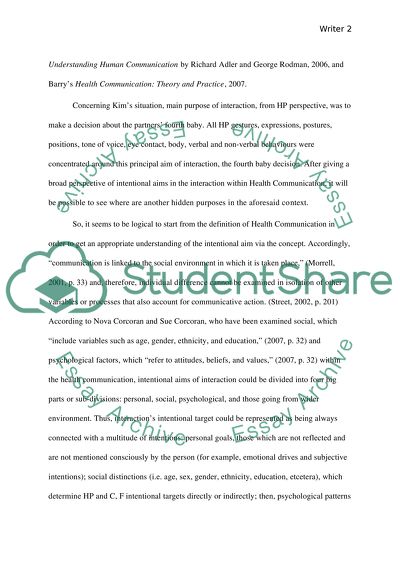Cite this document
(“Health Communication Skills, Forms, and Methods Coursework”, n.d.)
Health Communication Skills, Forms, and Methods Coursework. Retrieved from https://studentshare.org/health-sciences-medicine/1441564-communication-based-on-observation-made-from-a-dvd
Health Communication Skills, Forms, and Methods Coursework. Retrieved from https://studentshare.org/health-sciences-medicine/1441564-communication-based-on-observation-made-from-a-dvd
(Health Communication Skills, Forms, and Methods Coursework)
Health Communication Skills, Forms, and Methods Coursework. https://studentshare.org/health-sciences-medicine/1441564-communication-based-on-observation-made-from-a-dvd.
Health Communication Skills, Forms, and Methods Coursework. https://studentshare.org/health-sciences-medicine/1441564-communication-based-on-observation-made-from-a-dvd.
“Health Communication Skills, Forms, and Methods Coursework”, n.d. https://studentshare.org/health-sciences-medicine/1441564-communication-based-on-observation-made-from-a-dvd.


